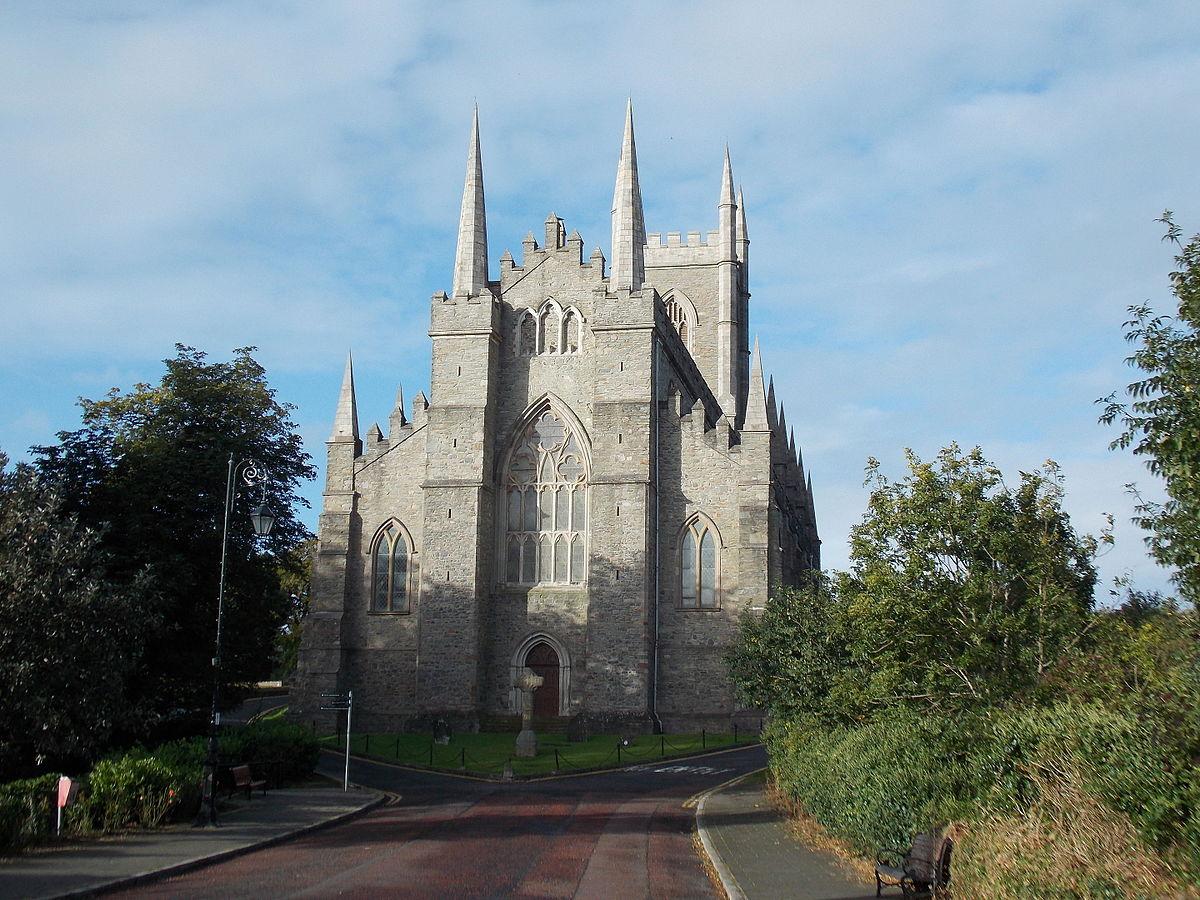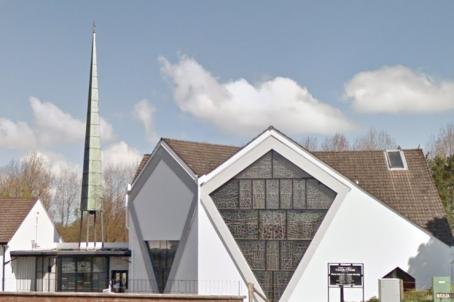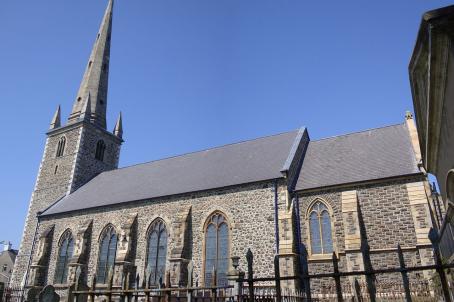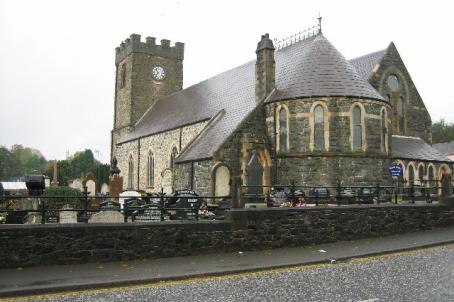Down Cathedral

The Cathedral Church of the Holy and Undivided Trinity is an Anglican cathedral whose presence is attested since the eleventh century. The Cathedral has gone through a tumultuous history through the Norman invasion (1169–1175), the Bruce campaign (1315 – 1318) and the Tudor conquest (16th century). It has been destroyed numerous times and has only been open without interruption since 1818.





